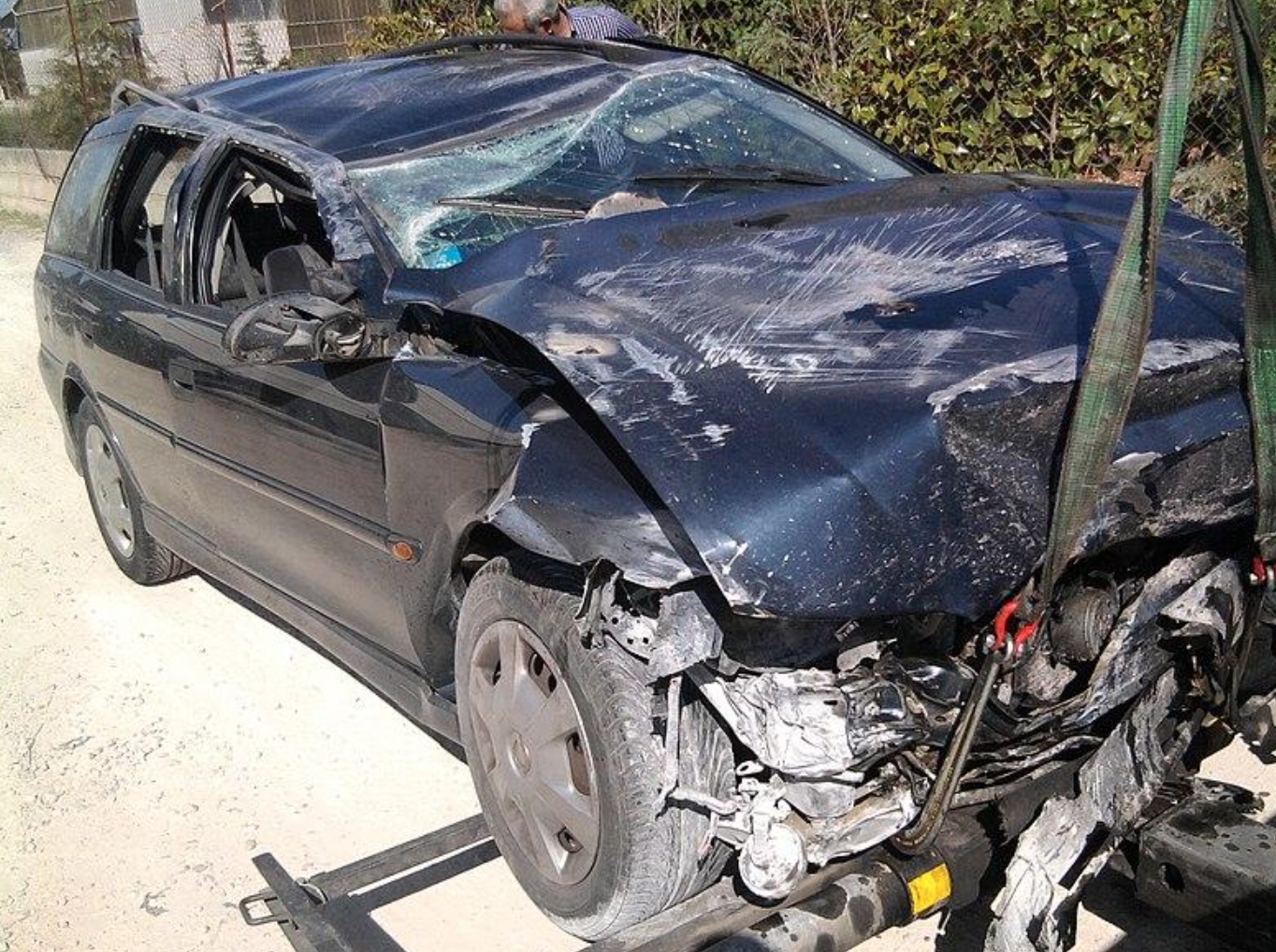U.S. law defines a common carrier as a “public or private entity that transports people or goods from one place to another in exchange for money”.
Buses are one of the main modes of public transportation that carry many passengers to work, school, medical visits, shopping trips, and more. The law states that any business or individual that transports people in exchange for money is considered a common carrier.
That said, many people need to be aware of the common carriers’ laws and what they do to ensure you have a safe trip to your destination. But bus accidents can occur, and when they do, things can get messy and catastrophic fast. So if you’re in a similar situation and want to learn more about common carrier laws and bus accidents, this article is for you.
What is a Common Carrier?
U.S. law defines a common carrier as a “public or private entity that transports people or goods from one place to another in exchange for money”. Additionally, this term can describe public utilities and telecommunication services.
Not only that but the word “common” is essential because it means a carrier such as a bus service provides its services to anyone. Similarly, a private carrier offers its services to specific clients only.
So when an accident occurs, you must have sufficient evidence to prove you weren’t liable for your injury. For that, you’ll need help from professional lawyers who specialize in bus accidents and can inform you further on common carrier laws and how they apply to your case.
How are Common Carrier Laws Regulated?
Federal and state governments regulate common carrier laws because these laws ensure carriers provide high-standard safety rules for their passengers. That’s why you need to talk to a local attorney when you get involved in a bus accident since they’re aware of your state’s laws.
For example, suppose you live in Washington, District of Columbia. In that case, you need to reach out to Washington Bus Accident Lawyers, who will give you more information regarding common carrier laws and how these can help support your case.
That said, here are some actions that common carriers take to ensure you have a safe trip, including the following:
- Safe entryways and exits
- Screening, training, and hiring qualified drivers
- Security to protect the safety and health of passengers
- Monitoring or correcting design malfunctions on the bus
Negligence in Bus Accidents
One of the leading causes of bus accidents is negligence. Negligent actions involve any careless or unreasonable manner the bus driver did, which failed to keep the passengers safe. Unfortunately, some common carriers violate their safety rules for keeping passengers safe and healthy.
If that’s the case with your accident, you should talk to District of Columbia Bus Accident Lawyers to ensure they determine the real reasons behind the collision and how they caused your injuries.

However, you could also complain to your city’s bus system, which can help prevent future negligent acts from an everyday carrier driver. So if you’re from Washington, you can report it to the Washington Metropolitan Area Transit Authority – WMATA, also known as Metro. They’ll do their best to ensure passengers drive safely.
That said, further examples of negligence actions in bus accidents include:
- The bus driver working under the influence (alcohol or drugs)
- Improperly trained or unqualified bus drivers
- The bus driver working without enough sleep
- The bus was overloaded
- The bus equipment was poorly maintained
Suppose any of the examples mentioned above pertain to your accident. In that case, you can always rely on Washington Accident Lawyers, who will ensure you have a strong case and receive the compensation you deserve.


Join the conversation!